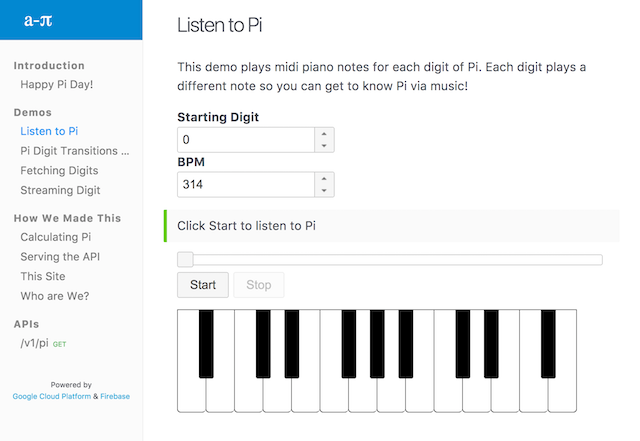The JDK built-in web server with Apache Groovy
In my timeline, I saw a tweet from Joe Walnes about the built-in HTTP server available in the JDK since Java 6. It’s super convenient, starts super fast, easy to use, but I often forget about it. I’d probably not use it for serving planet-wide load, but it’s very useful when you need to create a quick service, a little mock for testing some web or micro-service.
Here’s a little hello world for the fun.
Read more...
